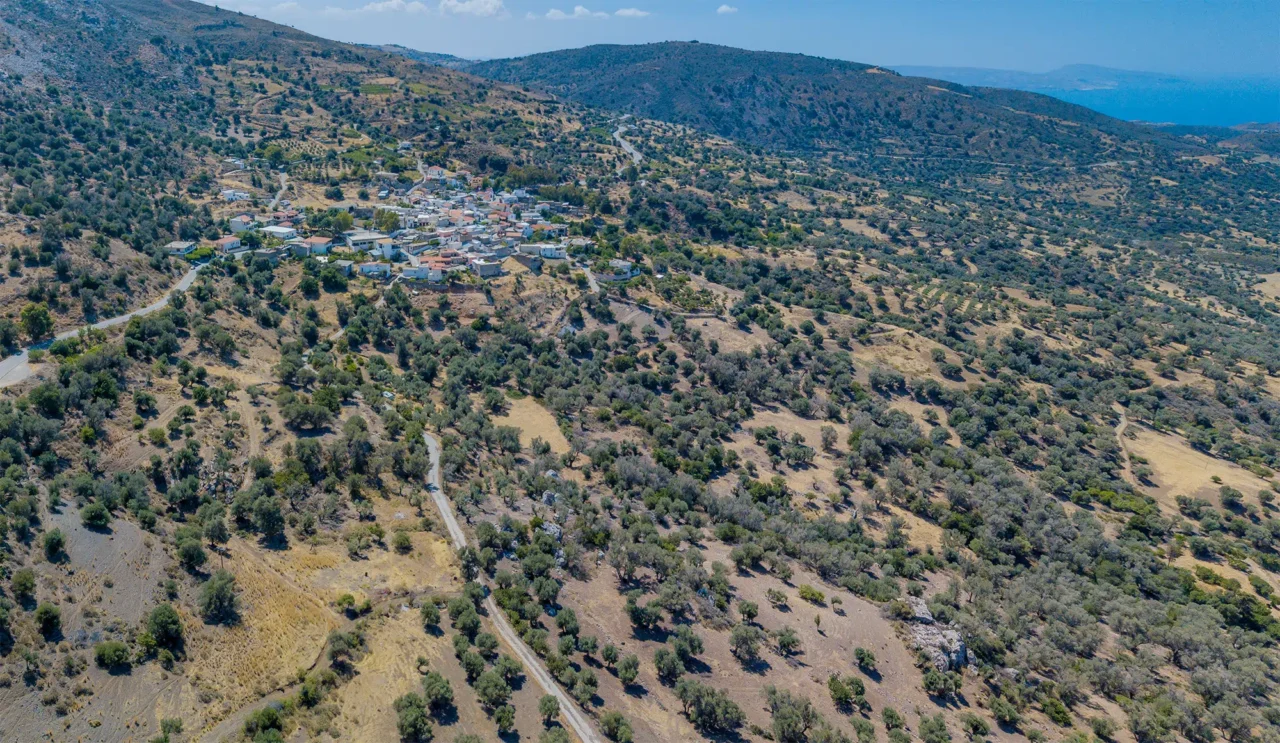
Apodoulou is a village situated in the southern foothills of Mount Psiloritis in the Amari region of Crete. Overlooking the expansive Libyan Sea, the village enjoys a serene setting and a dry, healthy climate. Its name, rooted in antiquity, signifies “freedman,” hinting at a past intertwined with the struggles for liberation that have shaped Crete’s identity. Today, Apodoulou thrives as a traditional settlement, its inhabitants primarily engaged in agriculture and livestock farming. The village is renowned for its high-quality produce, including olive oil, wine, carob, honey, and dairy products. Its historical significance is further enhanced by the presence of notable landmarks such as the mansion of Kallitsa Psaroudaki, a testament to the resilience and spirit of the Cretan people, and the nearby archaeological site of an old-palace center, offering a window into the island’s Minoan past.
Historical References
The toponym is archaic. It comes from the word “Apodoulos,” which means freedman, the slave who was freed. In the Middle Ages, pirates raided coastal areas of Crete, taking the inhabitants as slaves. Many regained their freedom by paying ransom. Many wills of that era mention legacies for the liberation of slaves. Something like this leads to the conclusion that the original settlement was developed by such settlers who retreated to more mountainous areas.
According to another version, the toponym Apodoulou does not come from Apodoulos, i.e. a freed slave, but Apodoulos means the one who finished his work.
There is also a third version, according to which the toponym Apodoulou is pre-Greek. As is known, many pre-Greek toponyms are preserved on the large island of Crete.
It is mentioned in 1577 by Fr. Barozzi, by Castrofylakas and by Francesco Basilicata as Apodhulu in 1630. In the Egyptian census of 1834, Apodhulo is mentioned with 14 Christian and 6 Turkish families. During the Cretan Revolution of 1866-1869, the village became twice a place of conflict between the Greek rebels and the Ottoman forces: first on February 12, 1867, where a Greek attack took place, which was repulsed due to the timely reinforcement of the defenders and then at the end of November 1868, when strong Ottoman forces carried out a clearing operation in the wider area.
Location & Dimensions
Apodoulou is strategically positioned in the southern foothills of Mount Psiloritis, also known as Mount Ida, the highest peak in Crete. It is 54 kilometers from Rethymno and 84 from Heraklion. The village is situated at an altitude of 450 meters above sea level, providing a mild climate with warm summers and relatively mild winters. The village’s strategic location places it in close proximity to other significant settlements in the region, including the coastal town of Agia Galini and the historic village of Thronos. This accessibility enhances Apodoulou’s connectivity and facilitates its integration into the broader regional network.
The surrounding landscape is a tapestry of rolling hills, olive groves, and vineyards, interspersed with traditional stone houses and narrow winding streets. The village’s compact size and harmonious architecture contribute to its intimate and welcoming atmosphere.
Historical Significance
The village is known for the mansion of Kallitsa Psaroudaki, who as a young child, during the years of the Revolution of 1821, was abducted by the Turks, who then had the island of Crete under their domination, and was sold in Egypt. However, she was lucky, since she married Robert Hay in 1828, the offspring of a wealthy family from Scotland and, not forgetting her village, she returned and built the mansion that exists to this day.
Near the present-day village of Apodoulou, which is 54 km away. from Rethymno, in the Tournes area, the remains of an old-palace center have been revealed. The first investigations were carried out by the archaeologist Sp. Marinatos in 1934. The German Archaeological Institute followed during World War II and from 1985 onwards systematic excavations have been carried out by the Ministry of Culture in collaboration with the University of Naples.
In the archaeological site of Apodoulou, which must have been of exceptional importance in antiquity since it controlled the passage to the plain of Messara, three building complexes as well as vaulted tombs have been revealed, one of which had a 7 m long road. and inside it were found three sarcophagi.
Population Data
Year |
Population |
|---|---|
1583 |
139 |
1834 |
20 (Christian families) + 6 (Turkish families) |
1881 |
157 (Christian) + 24 (Turkish) |
1900 |
245 |
1920 |
290 |
1928 |
315 |
1940 |
346 |
1951 |
304 |
1961 |
298 |
1971 |
263 |
1981 |
242 |
1991 |
211 |
2001 |
167 |
2011 |
253 |
Current Status
Today, Apodoulou stands as a testament to its rich historical and cultural tapestry. It is a thriving community of approximately 230 permanent residents, primarily engaged in agriculture and livestock farming. The village continues to produce high-quality traditional Cretan products, such as olive oil, wine, carob, honey, and dairy products, which contribute to its local economy and identity.
Apodoulou’s designation as a traditional settlement underscores its commitment to preserving its architectural heritage. Visitors to the village can admire the well-preserved stone houses, narrow streets, and charming squares that evoke the spirit of old Crete. The mansion of Kallitsa Psaroudaki serves as a reminder of the village’s historical connections and resilience in the face of adversity.
The village’s strategic location near the Minoan settlement at Gournes and other archaeological sites provides opportunities for cultural exploration and historical understanding. These ancient remnants, coupled with the village’s natural beauty and vibrant community life, attract tourists seeking an authentic Cretan experience.
Village Key Points
- Historical References: The village’s name means “freedman.” It has been inhabited since the Middle Ages and was a site of conflict during the Cretan Revolution of 1866-1869.
- Location: Apodoulou is located in the southern part of the Rethymno Prefecture, at the foothills of Mount Psiloritis, with a view of the Libyan Sea.
- Historical Significance: The village features the mansion of Kallitsa Psaroudaki and is near the archaeological site of an old-palace center.
- Population data over the years: The population peaked at 390 inhabitants in 1940 and currently has about 230 permanent residents.
- Current Status: Apodoulou is a traditional settlement known for its dry climate and agricultural products, including oil, wine, carob, honey, and livestock.
Access
Apodoulou is 9.9 kilometers away from the town Tympaki and 6.5 kilometers away from Fourfouras













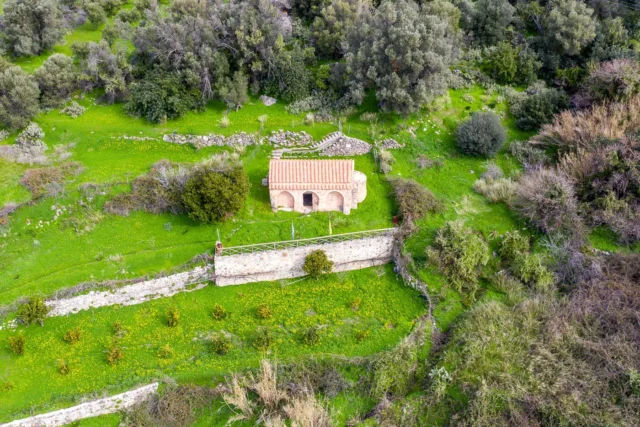

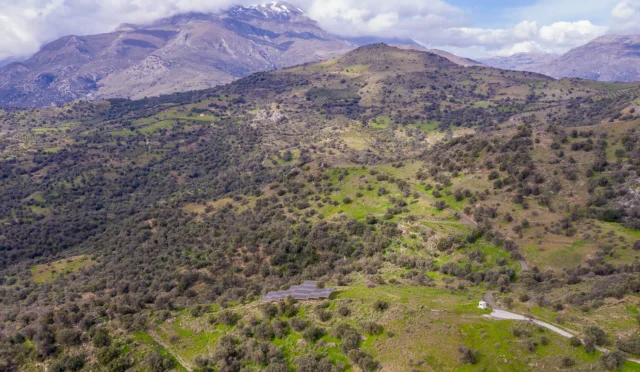

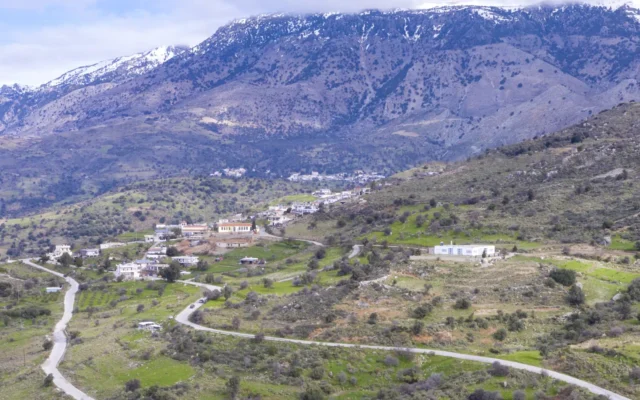
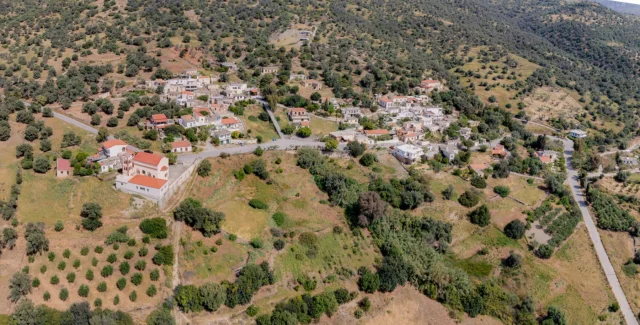

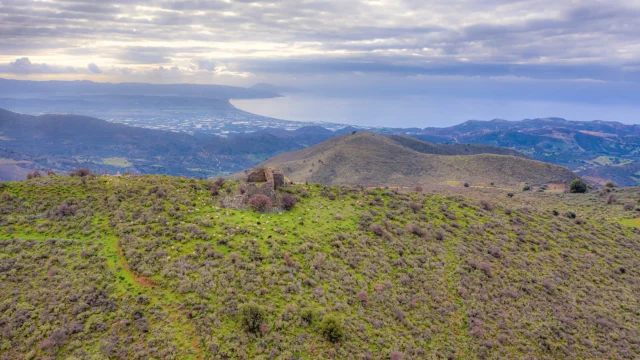

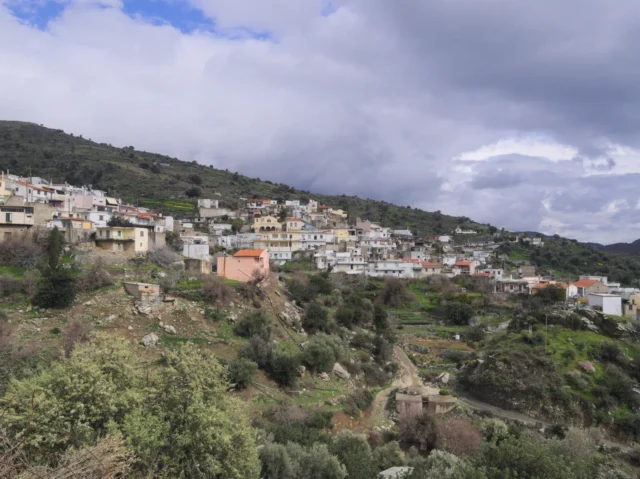
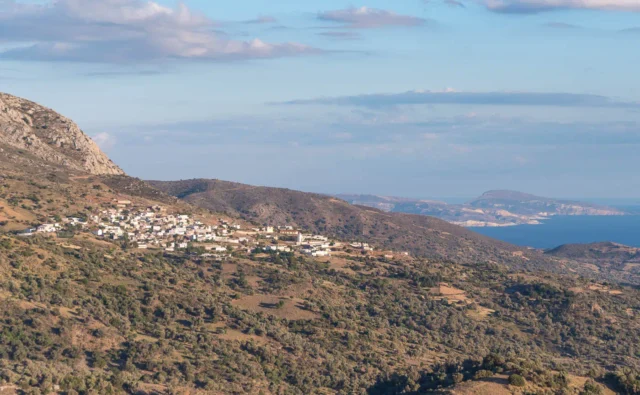


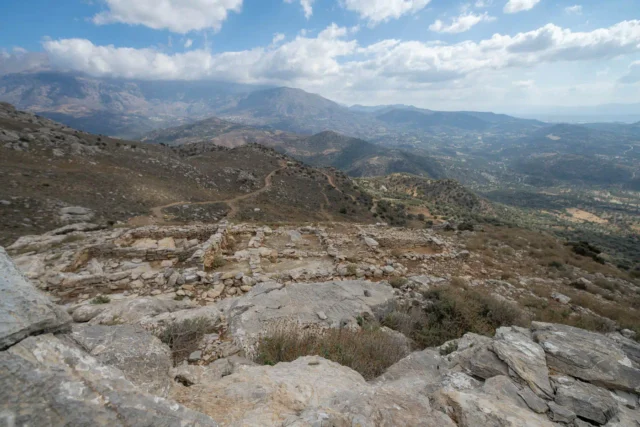
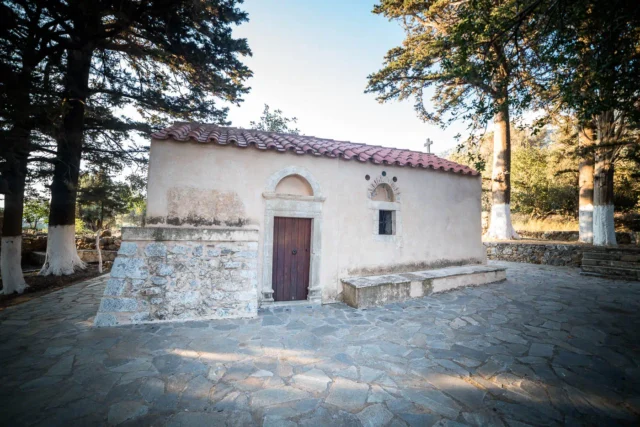
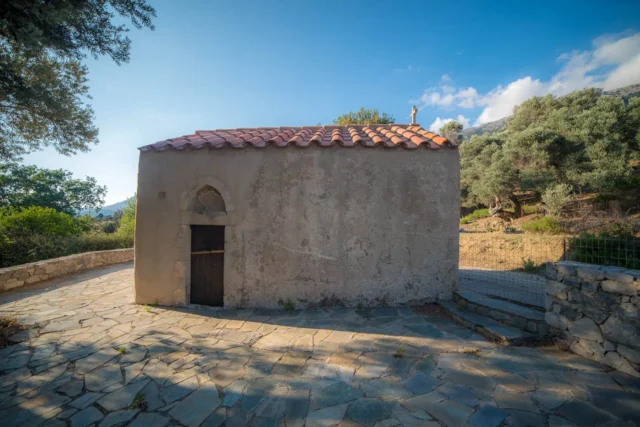
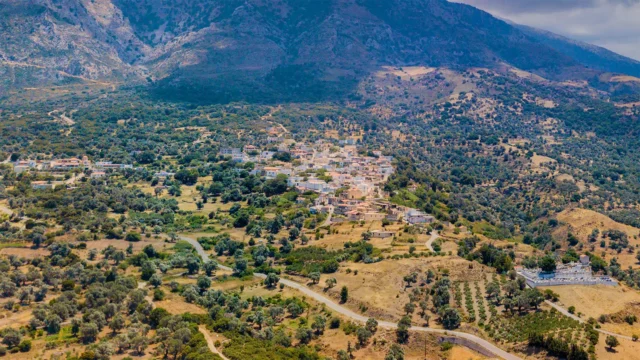
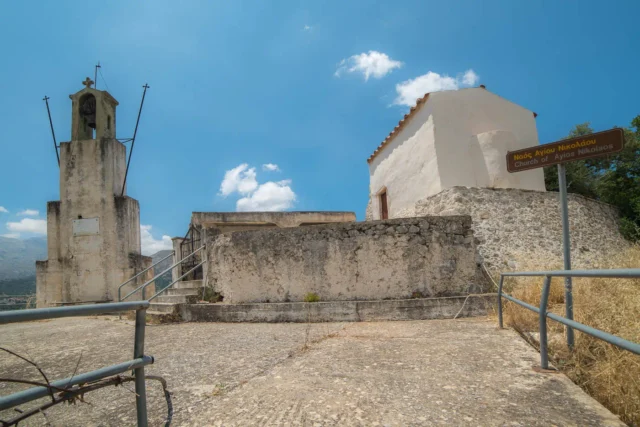
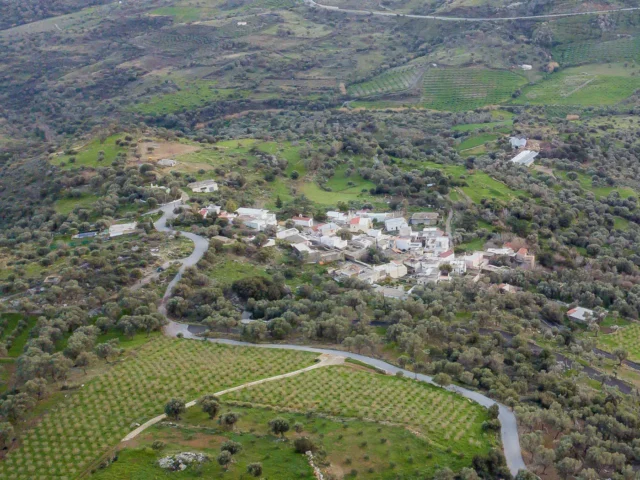

There are no comments yet.